Step 1: Determining your ability and/or how to improve it
If you’re like me, you took swimming lessons as a kid but haven’t been swimming since you were young and swimming continuous laps seems quite daunting. First, you have to educate yourself. I recommend watching YouTube videos and potentially buying a swimming book. I’m really enjoying the Global Triathlon Network’s YouTube channel. I bought the kindle version of Total Immersion and did a set of Total Immersion swimming lessons at the YWCA in April and May of 2016. Again, this was before the Pigman 70.3 canceled and I was focused on improving my swimming after my first year in triathlon in 2015.
I bought The Triathlete’s Training Bible by Joel Friel in 2017 and shifted my focus to follow these principles for training in 2017. It worked out well and I improved my swim time by almost 20 minutes from 2015 to 2017.
The hardest thing about swimming is that you have no idea what you look like in the water so trying to improve can be difficult. If you find this is the case, lessons might be a great option.
Step 2: Find A Place to Swim
Just finding a place to swim can be difficult. I struggled with this and have done several things over the years until I finally bought a membership at a LA Fitness down the road (with another one close to work) earlier this year. Things I tried included; lunch hour swimming at a local high school, community center lap swim (very limited hours), outdoor membership at local pool in the summer, outdoor daily pass, Open Swim, and a master membership. The key is to find something that is convenient and fits into your schedule. This is crucial!
Step 3: Start Swimming
After finding a place to swim, schedule time to swim on a weekly basis (or what your training plan says) and hit the water. Start easy and gradually build your swimming time week by week – focusing on swimming drills (see YouTube channel above for ideas) which will help improve your technique without constantly focusing on lap after lap. Swimming tools are a good idea as well and I use a pull buoy and hand paddles on a weekly basis. I have a snorkel and fins but haven’t used them very much this year.
Step 4: Swim in Open Water
After practicing and finding a place to swim, an important thing to do before your event is to swim in open water. We are lucky in Minneapolis to have the Open Swim program during the summer. This program allows us to swim in 2 local lakes 5/week. Open water swimming is important because it allows you to swim continuously, practice sighting and not rely on the underwater pool line, and try out and get comfortable in your wetsuit (if wearing).
If you don’t have an Open Swim program in your city, you can go to a local beach and swim following the buoy lines. If you have a lake nearby, you can swim while having a friend canoe/kayak/SUP right next to you for safety.
*Minneapolis local tip – do your first open swim in Cedar Lake (~300 yds versus Nokomis ~600 yds) – it is half the distance and will help you ease into open swimming.
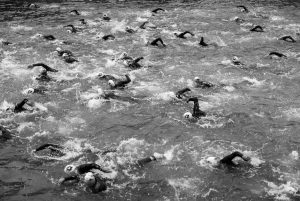
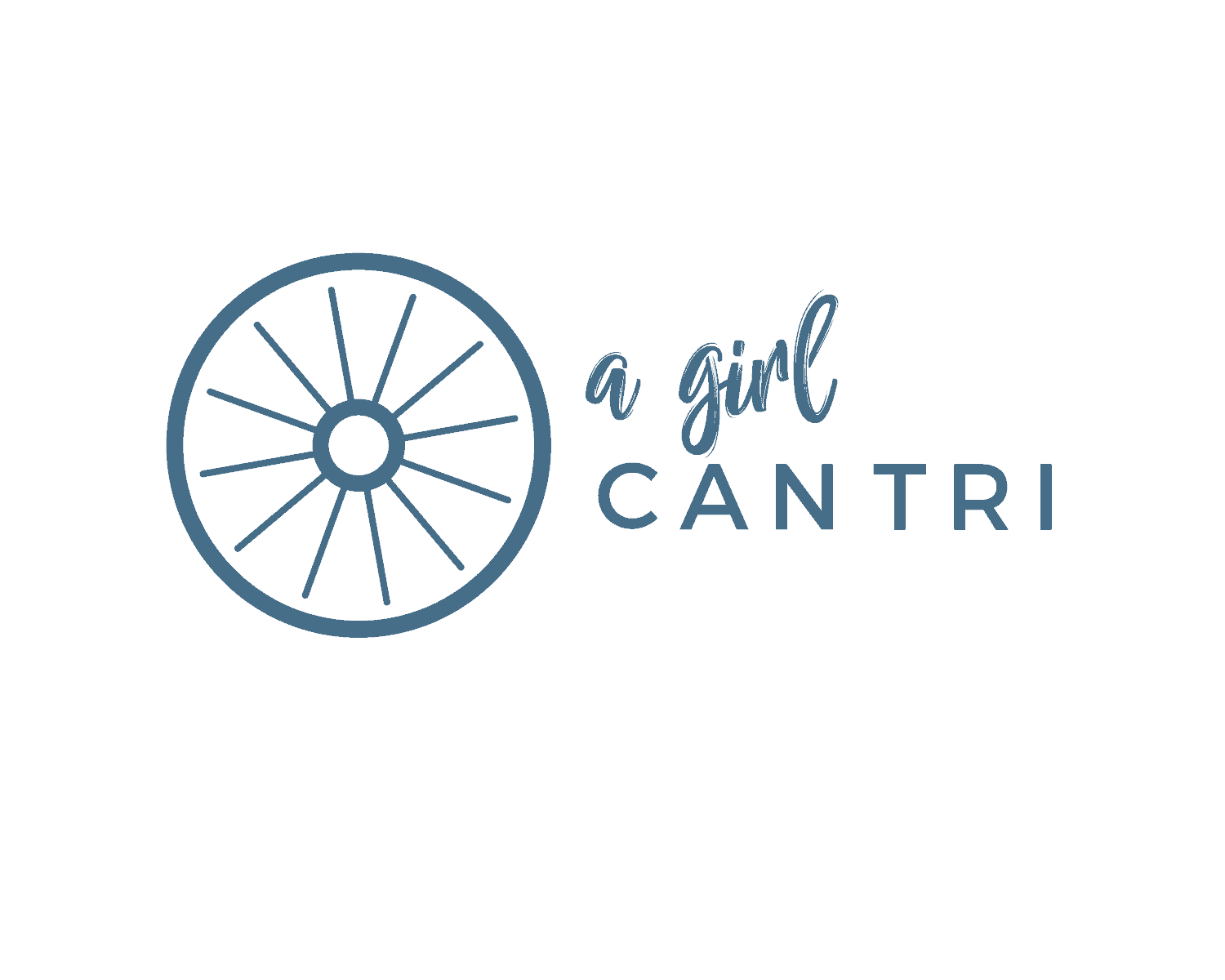
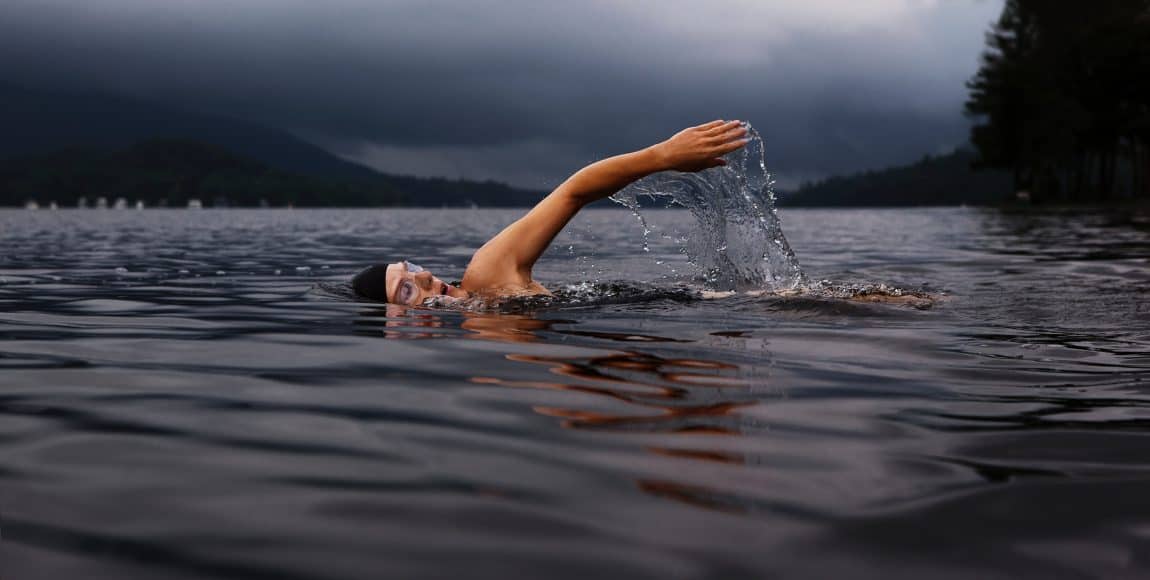
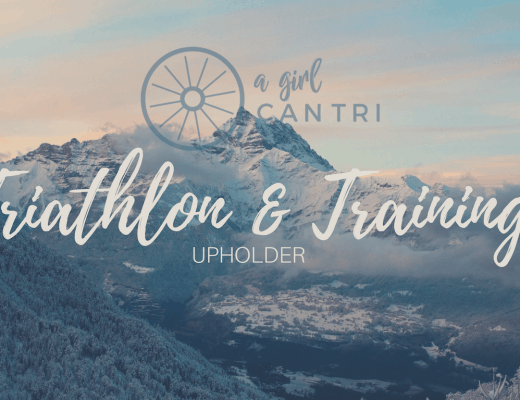

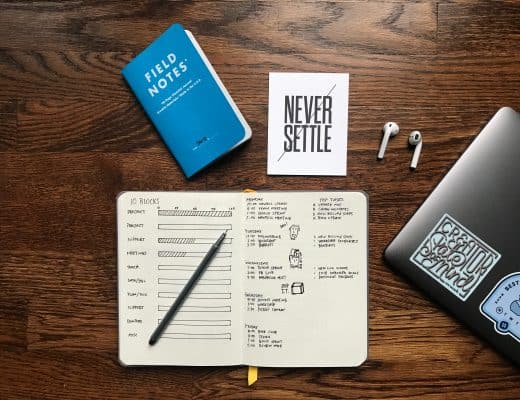
No Comments